Health and taste are driving growth in the butters and spreads sector
Few households could survive without some butter or margarine in the fridge, so running out before a ‘big shop’ will make most consumers head for their local shop.
According to Nielsen, the total butter and margarine market is worth £923m and has shown value growth of 4% over the past 12 months, with volume getting back into growth - 1.4% year to date - after a period of decline. Spreadable butters are responsible for a significant portion of the growth within the overall category, enjoying a strong 12.2% year-on-year growth in terms of value, and up 7.8% in volume.
Paul Holden, category operations manager at Unilever UK, says: “Growth has been driven in the health and taste segments by an increase in the popularity of spreadable and cholesterol-lowering products.”
According to Unilever’s Partners for Growth, butter makes up 40% of sales of spreads in c-stores, while buttery spreads account for 27%, health 29% and baking 4%. The number one butter in the convenience sector is Lurpak Spreadable 250g, followed by Anchor butter 250g, Lurpak Spreadable 500g, Country Life 250g and Lurpak butter 250g. In buttery spreads, Clover 500g leads, followed by Utterly Butterly 500g, I Can’t Believe It’s Not Butter 500g, Clover 250g and Utterly Butterly 250g. In the health category, Flora 500g and 250g are numbers one and two, followed by Flora Light 500g, Bertolli 500g and Flora pro.activ 250g. In baking, Stork SB 500g leads, followed by Stork Packet 250g and Stork SB 250g.
The health spreads market is now worth £286m. Holden says: “Consumers are increasingly aware of health, healthy eating and the importance of regular exercise. All Flora brand activity is aimed at ensuring the brand remains synonymous with heart health and reminds consumers of the clear health benefits of the ‘good’ fats (Omega 3 and 6) found in the products.”
Dairy Crest’s Utterly Butterly brand has tapped into the health category with its new Omega 3 product, launched in August this year, as well as lowering the saturated fat levels in the standard variant so it has 70% less than butter.
Unilever’s Partners for Growth offers retailers tips on merchandising spreads. It advises stores to stock lines from each product group and help customers by separating the spreads fixture into butter, buttery spreads, healthy and baking. Top sellers should be placed at eye level and blocked vertically by brand. Partners for Growth claims larger pack sizes carry a bigger margin and are often preferred by customers, so retailers should offer a variety of sizes and formats.
John Ayres, who runs a Londis store in Southbourne, Bournemouth, says that following this advice from Partners for Growth meant he increased sales of butters and spreads by about 20%. “We haven’t increased the space for spreads, but we rearranged the cabinet. We’ve also used the best-sellers list, though we do stock other items we know our customers like.”
spotlight
Pineapples from Costa Rica, the Ivory Coast and the Dominican Republic are exported to the UK all year round. The Cayenne variety is the standard, large-sized pineapple with a background green flesh, which changes to yellow-bronze when ripe. The rosette of leaves on the top should be mid-green.
Alternative varieties are Golden, which has a more pronounced yellow skin and is sweeter than the green Cayenne, and Baby - small, golden fruits that have a softer outer skin and are sweet and juicy.
Pineapples should never be put into chilled storage because temperatures below 12ºC can cause internal cell damage that will result in the centre of the pineapple rotting. Avoid holding the fruit by the leaf end, which can cause the individual leaves to pull away from the ripe fruit, and look for signs of excessive softness at the base or dryness of the skin.
The ripeness of a pineapple can be tested by how easy it is to pull a single leaf from the centre of the crown and by how much perfume it has.
Pineapples associate well with bananas because they require similar storage and display conditions. Large fruit should be displayed on their side with the leaf crown at the top, while Baby pineapples should be displayed upright.
Source: Budgens
meet the supplier
Supplier: Kraft Foods
Background: While Kraft Foods’ history can be traced back as far as 1767 with the Terry’s of York confectionery brand, its chilled business dates back to 1903 when James L Kraft opened a wholesale cheese business in Chicago, USA. By 1914 the company was manufacturing its own cheese, and in 1924 JL Kraft opened its first European sales office in London. In 1928 Kraft merged with The Phoenix Cheese Corporation of Chicago, producers of the Philadelphia brand, and Dairylea and Philadelphia make up the core of Kraft’s cheese and dairy business.
Recent launches: Philadelphia Splendips Thai Sweet Chilli, Dairylea Dunkers Fromage Frais and Dairylea Dunkers Baked Crisps, plus a relaunch of the Dairylea Lunchables range.
Distribution: National distribution through multiples and independents via wholesalers and cash and carries.




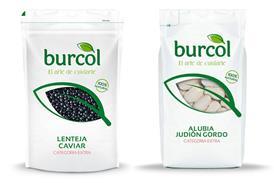

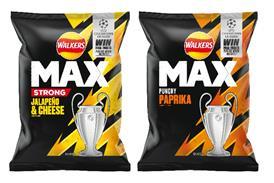

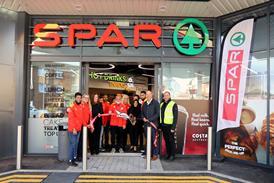








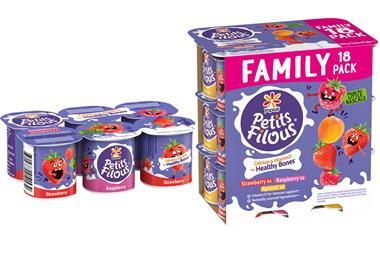

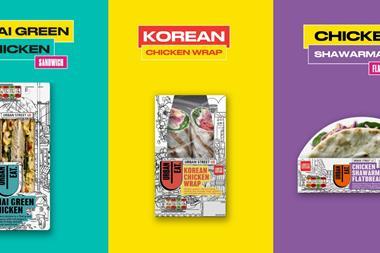


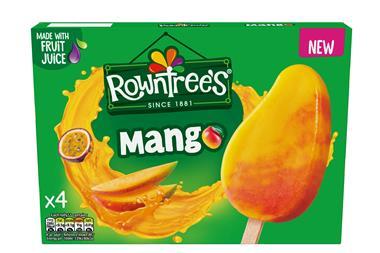
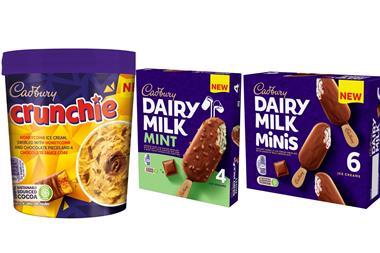

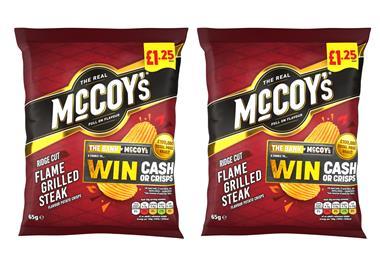
No comments yet